Education and the environment. Two of the biggest issues facing developing countries across the world.
Imagine a scenario where communities could handle both simultaneously. Give quality instruction to their youngsters – while guaranteeing waste doesn’t wind up dumped in the avenues, waterways or field?
They can – with plastic schools. Schools made out of plastic containers, loaded down with trash that can’t be reused. A thought dazzling in its straightforwardness that is changing life in rustic pieces of Guatemala.
“It’s amazing to watch the whole community come together to build a bottle school,” said Adam Flores of the non-profit organisation Hug It Forward.
Hug It Forward is a multicultural organization operating at the grassroots level in the region of Latin America, with an emphasis in Guatemala.
“They own it. It’s their project – we just help them to get it done. Sometimes a kid will take a spade off you and you just have to stand back and let them do the work. They just want to be involved.”
Hug It Forward is changing lives in the Central American nation, each container school in turn. It has finished 116 of them and another six are under development.
The jug schools are worked in rustic networks that don’t have a school, whose school’s structure is falling flat, or where the instruction offices should be extended.
Training in these regions is seriously underfunded. Just 10% of kids move on from secondary school and indigenous young ladies are at school for just two years all things considered.
The establishments, segments and light emissions schools are produced using cement fortified with iron. In any case, rather than soot squares or blocks, the dividers are made utilizing “eco-blocks” – bottles loaded up with refuse that can’t be reused, for example, plastic sacks and bundles.
The containers are then sandwiched in the middle of chicken wire and secured with concrete to frame the dividers of the school. A two-homeroom school utilizes around 6500 “eco-blocks” – two tons of waste that generally would affect on the neighborhood condition.
“Before, in the corrugated metal school, it was very cold,” said Beverly, a student from Chutiabajal. “When it rained, the water would get in and our books would get wet. Now we really like coming to school.”
How to manage plastic and other non-recyclable waste is a gigantic issue far and wide. Single-use plastics -, for example, containers, cups and straws – can enjoy several years to reprieve down. Then, they’re covered in landfill destinations or gagging the life out of our seas.
The European Union and United Kingdom have declared measures to handle the emergency. What’s more, China has quit taking on the planet’s loss to reuse – constraining numerous nations to reevaluate their strategies.
Numerous territories of creating nations like Guatemala have no refuse or reusing administrations. So jug schools are helping them to restrict the natural effect.
Each school takes a while to develop – so the up front investment of the network is fundamental.
“We have great relationships with the education department and the mayors of the communities,” said Adam Flores of Hug It Forward. “We go to each community to check it out and make sure it’s suitable for a bottle school.
“We also ensure they’re going to have good teachers for the school.”
Each bottle school is expected to last for at least 100 years – providing education to generations of children hungry to fulfil their potential.
As schoolgirl Beverly put it: “Bottle schools are beautiful – because we all make them together.”
More info: domyessaytoday.com

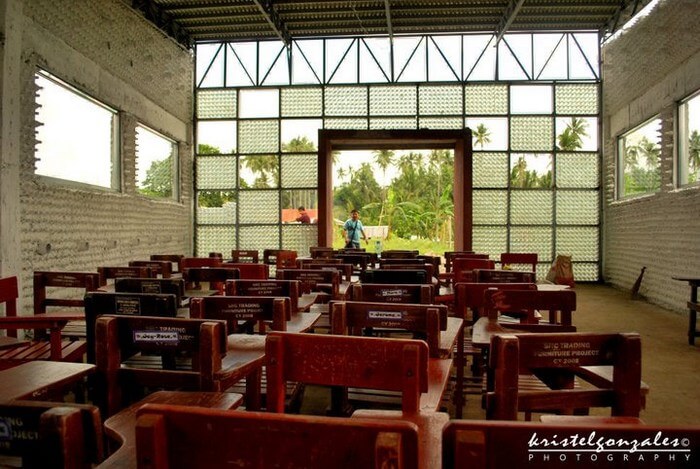
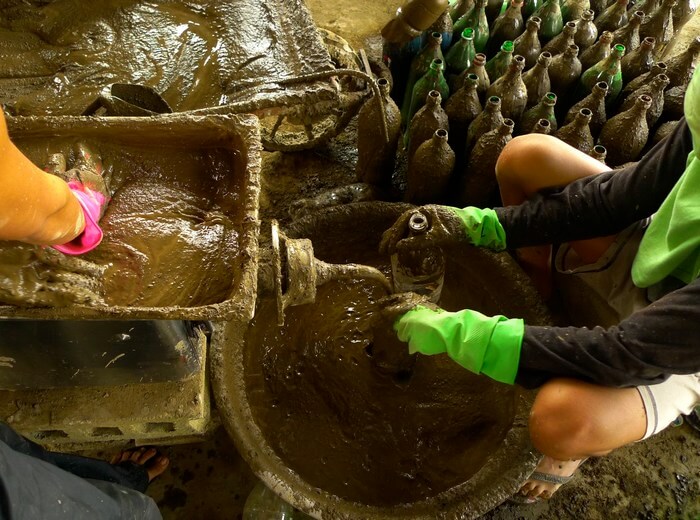
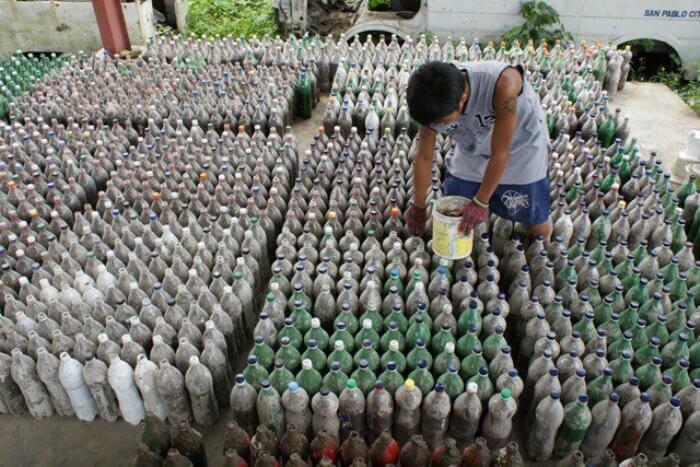
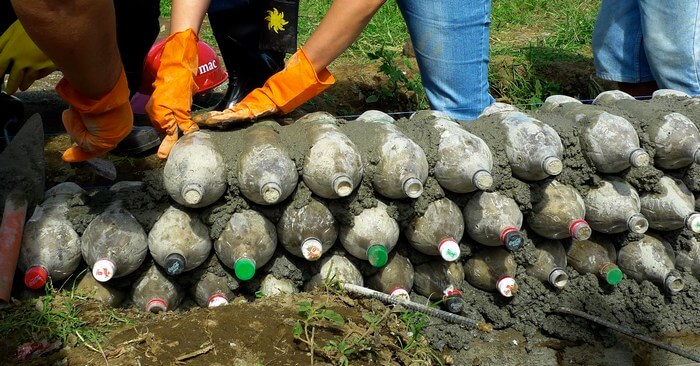
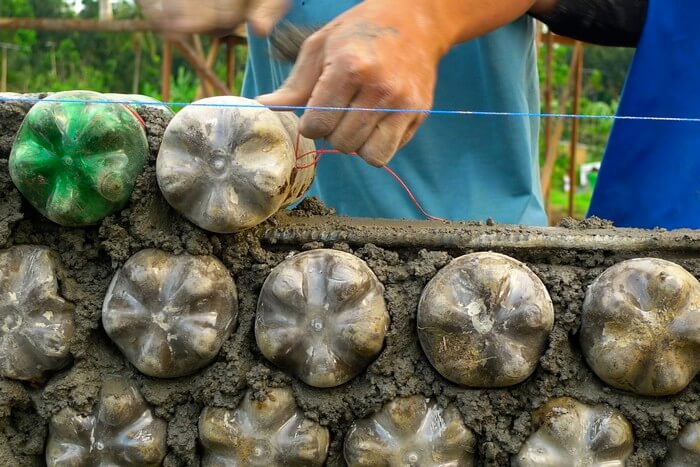
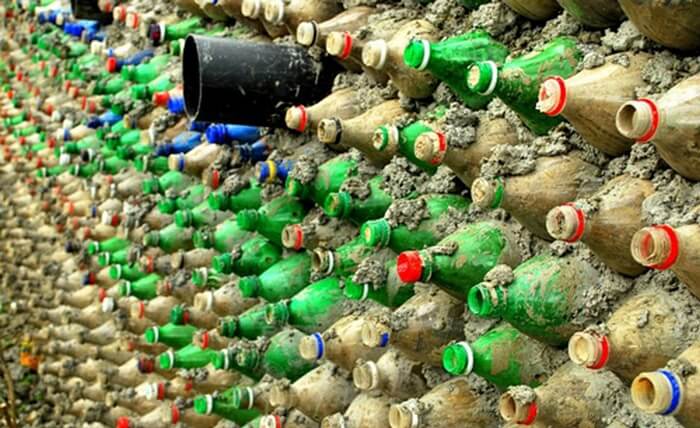
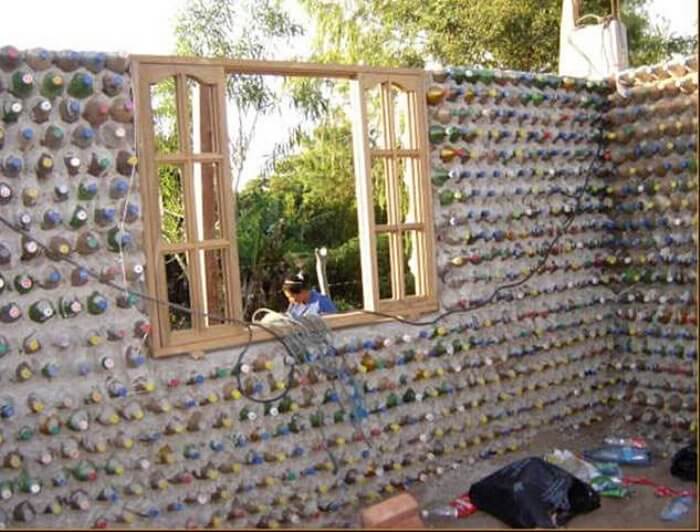
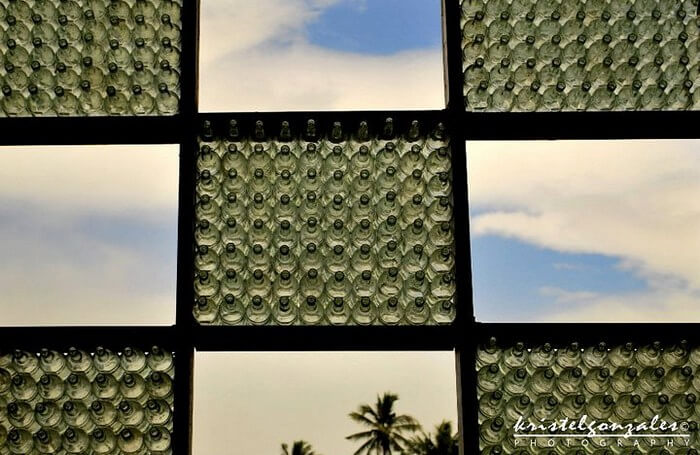
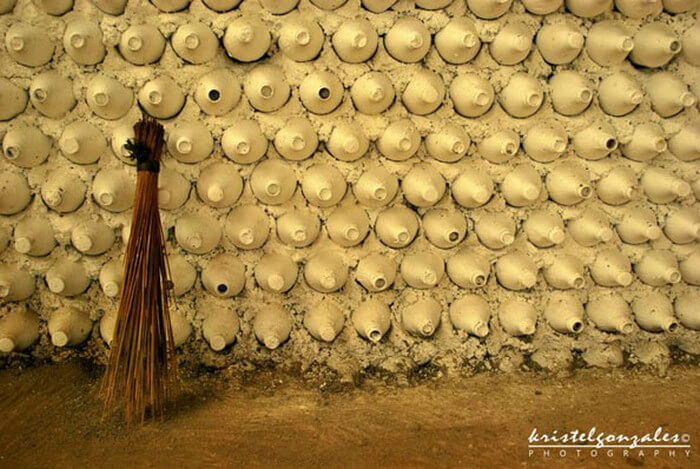
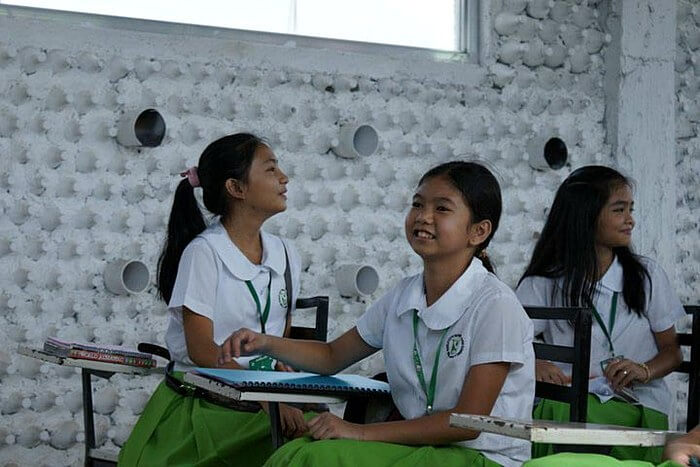




2
0